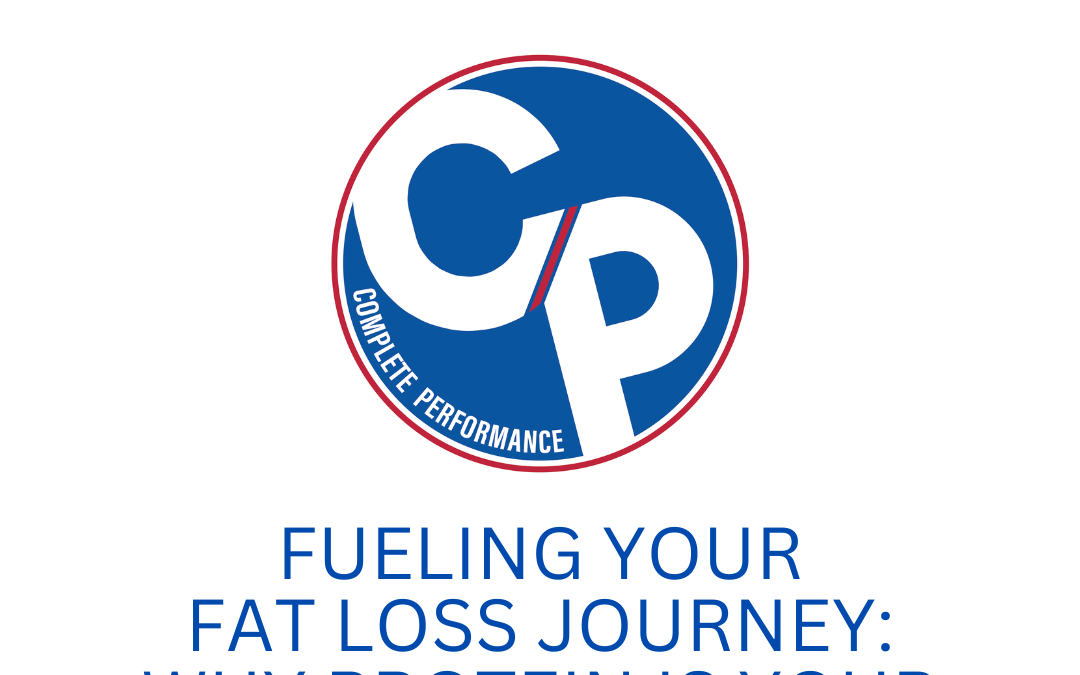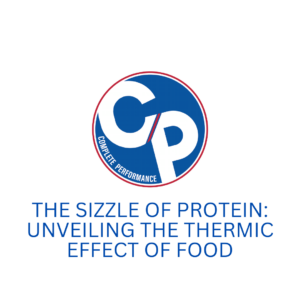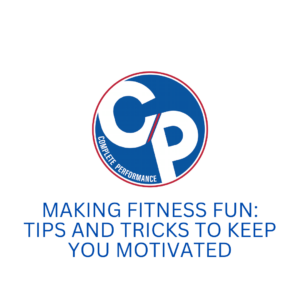Starting your fat loss journey can be both exciting and daunting. You’re motivated to get started, but even more so to get results. At times, you might consider yourself (dare I say it?) desperate for results…
While many focus solely on cutting as many calories as possible to get results, there’s another crucial element to consider: protein intake. Let’s look into why protein is essential during fat loss, its numerous benefits, and how you can incorporate it into your diet to maximize results and maintain muscle mass.
Understanding Protein’s Role:
Protein isn’t just for bodybuilders or athletes; it’s a fundamental macronutrient crucial for everyone, especially during fat loss (Yes, females of all ages and especially those nearing their menopausal journey). When you reduce your calorie intake to shed fat, your body may start breaking down muscle tissue for energy. Here’s where protein steps in as the hero of your journey.
1. Preserving Lean Muscle Mass:
Protein is the building block of muscles. By consuming an adequate amount of protein, you signal your body to prioritize fat as a fuel source rather than muscle tissue. This preservation of lean muscle mass is vital for maintaining strength, metabolism, and overall body composition during weight loss.
2. Boosting Metabolism:
Did you know that your body burns more calories digesting protein compared to carbs or fats? This phenomenon, known as the thermic effect of food (TEF), can give your metabolism a significant boost, aiding in fat loss efforts. Incorporating protein-rich foods into your meals can help you burn more calories even at rest. It is important to note that while TEF is a fantastic BONUS for your metabolism, it’s not enough to completely drive your fat loss results.
3. Controlling Hunger and Cravings:
One of the biggest challenges during fat loss is dealing with hunger and cravings – you’re decreasing the amount of food you’re eating, so your body WILL be hungry. Protein has been shown to be the most satiating macronutrient, keeping you feeling full and satisfied for longer periods. By including protein in your meals and snacks, you can curb cravings and reduce the likelihood of overeating.
4. Supporting Exercise Performance and Recovery:
Maintaining an active lifestyle is crucial for fat loss, and protein plays a vital role in supporting your exercise routine. It provides the necessary amino acids to repair and rebuild muscles after workouts, allowing for quicker recovery and improved performance in subsequent sessions.
Incorporating Protein into Your Diet:
Now that you understand why protein is essential let’s discuss how to incorporate it into your diet effectively:
1. Prioritize Lean Protein Sources:
Choose lean sources of protein such as chicken breast, turkey, fish, tofu, beans, lentils, and low-fat dairy products. These options are rich in protein while being lower in calories and saturated fats, making them ideal for fat loss.
2. Spread Protein Intake Throughout the Day:
Instead of consuming most of your protein in one meal, aim to spread it evenly across your meals and snacks throughout the day. This approach ensures a steady supply of amino acids to support muscle maintenance and metabolism.
3. Include Protein in Every Meal and Snack:
Make it a habit to include a source of protein in every meal and snack. Whether it’s adding Greek yogurt to your breakfast, incorporating grilled chicken into your salad, or enjoying a protein shake as a post-workout snack, there are plenty of delicious ways to meet your protein needs.
4. Supplement Wisely, If Needed:
While whole foods should be your primary source of protein, protein supplements can be convenient for meeting your daily requirements, especially for those with higher protein needs or busy lifestyles. Look for high-quality protein powders derived from sources like whey, pea, or soy.
How to Eat More Protein:
If you’ve incorporated protein into your diet, but still can’t seem to hit your protein goals, this is the section for you.
There are only 2 ways to increase your protein intake –
1.Increase Your Serving Size:
Gone are the days where women are supposed to eat 2 to 3 ounces of protein per meal. Why? Because that would only get you to MAYBE 50 grams of protein per day (Our #CPTeam members are asked to get 100 grams of protein per day at a MINIMUM). Increasing your serving size is a great way to bump up your protein intake. If you’re used to eating 4 ounces of chicken, bump it up to 6 ounces because that right there can add almost 10 grams of protein to your daily total!
2. Increase Your Frequency:
If you’re not ready to increase your portion size, increasing your frequency of protein consumption is another way. If you eat 3 meals per day and have one source of protein at every meal, try adding another source of protein to your meal. Better yet, add a snack with protein into your day. If you include a full serving, you could increase your protein intake by 25 grams by that act alone!
Protein isn’t just a buzzword in the fitness world; it’s a fundamental nutrient that can make a significant difference in your fat loss journey. By prioritizing protein intake, you can preserve lean muscle mass, boost metabolism, control hunger, and support your overall health and well-being. So, next time you’re planning your meals, remember to make protein a priority—it’s your secret weapon for achieving your fat loss goals.
Interested in the best protein sources for fat loss?
CLICK HERE for a copy of our free guide – Top Proteins for Fat Loss!




